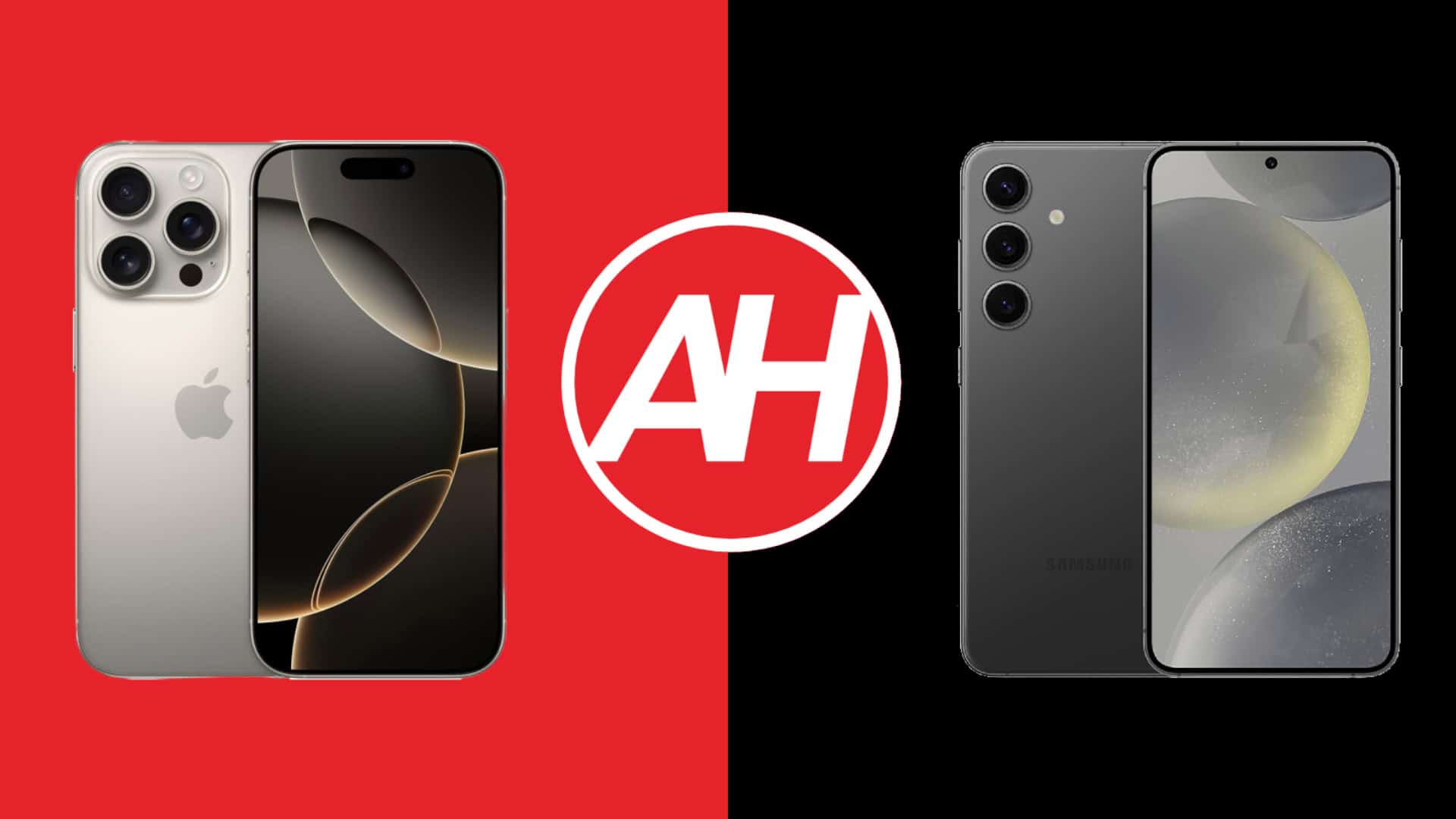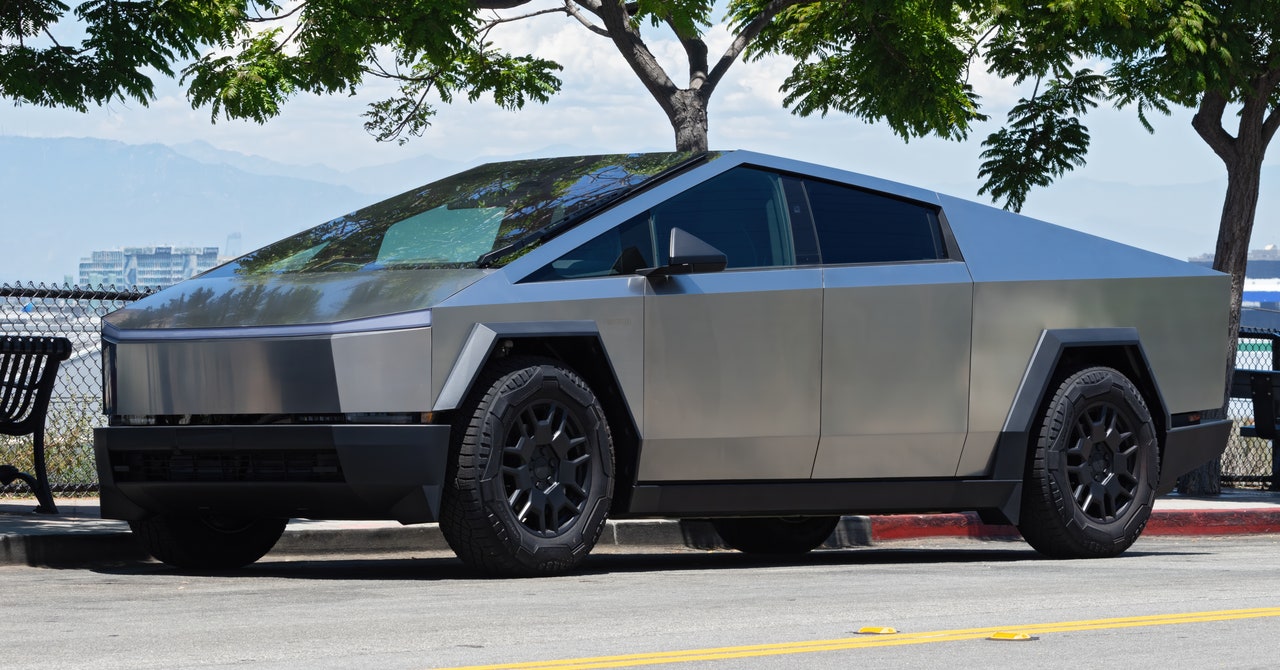This time around we’re comparing the the smallest flagships from the two largest smartphone manufacturers in the world. This is the Apple iPhone 16 Pro vs Samsung Galaxy S24 comparison. Granted, the iPhone 16 Pro is not the base model in the iPhone 16 series, but it is the smallest flagship in the series aka the smallest ‘Pro’ iPhone 16 model. So, this comparison does make sense, as the Galaxy S24 is by far the smallest smartphone in the Galaxy S24 family.
With that being said, the iPhone 16 vs Galaxy S24 comparison is also on the way. The iPhone 16 Pro is notably more expensive than the Galaxy S24, so keep that in mind. We will first list the specifications of these two smartphones, and will then move to compare them across a number of different sections. We’ll compare the designs of the two phones, their displays, performance, battery, cameras, and audio output. Let’s get down to it.
Specs
Apple iPhone 16 Pro vs Samsung Galaxy S24, respectively
– Screen size:
6.3-inch LTPO Super Retina XDR OLED ( flat, 120Hz, HDR, 2,000 nits max brightness)
6.2-inch Dynamic AMOLED 2X (flat, 120Hz, 2,600 nits max brightness)
– Display resolution:
2622 x 1206
2340 x 1080
– SoC:
Apple A18 Pro (3nm)
Qualcomm Snapdragon 8 Gen 3/Samsung Exynos 2400
– RAM:
8GB
8GB (LPDDR5X)
– Storage:
128GB/256GB/512GB/1TB (NVMe)
128GB (UFS 3.1)/256GB/512GB (UFS 4.0)
– Rear cameras:
48MP (wide, f/1.8 aperture, 1/1.28-inch sensor, 1.22um pixel size, sensor-shift OIS), 48MP (ultrawide, f/2.2 aperture, 0.7um pixel size, PDAF), 12MP (periscope telephoto, f/2.8 aperture, 1/3.06-inch sensor, 1.12um pixel size, 3D sensor-shift OIS, 5x optical zoom)
50MP (wide, f/1.8 aperture, OIS, Dual Pixel PDAF), 12MP (ultrawide, 120-degree FoV, f/2.2 aperture, 1.4um pixel size), 10MP (telephoto, f/2.4 aperture, OIS, PDAF, 3x optical zoom)
– Front cameras:
12MP (f/1.9 aperture, PDAF, 1/3.6-inch sensor size, OIS)
12MP (wide, f/2.2 aperture, Dual Pixel PDAF, 22mm lens)
– Battery:
3,582mAh
4,000mAh
– Charging:
38W wired, 25W MagSafe wireless, 15W Qi2 wireless, 7.5W Qi wireless, 5W reverse wired
25W wired, 15W wireless, 4.5W reverse wireless (charger not included)
– Dimensions:
149.6 x 71.5 x 8.3 mm
147 x 70.6 x 7.6mm
– Weight:
199 grams
167/168 grams
– Connectivity:
5G, LTE, NFC, Wi-Fi, USB Type-C, Bluetooth 5.3
– Security:
Face ID (3D facial scanning)
Ultrasonic in-display fingerprint scanner
– OS:
iOS 18
Android 14 with One UI 6.1
– Price:
$999+
$799.99+
– Buy:
Apple iPhone 16 Pro
Samsung Galaxy S24 (Best Buy)
Apple iPhone 16 Pro vs Samsung Galaxy S24: Design
The iPhone 16 Pro is made out of titanium and glass. On the flip side, the Galaxy S24 utilizes aluminum and glass. Both smartphones have flat sides all around, which are curved towards the very edges. They both include flat front and back sides too, and have a similar curvature on the edges. Well, the iPhone 16 Pro is curved more in that area, but neither phone is close to having sharp edges.
Apple’s handset has a pill-shaped cutout at the top of the display, the so-called Dynamic Island. Samsung’s device has a small display camera hole up there. Both devices do have very thin bezels around the display, which are also uniform. On the right-hand side of the iPhone 16 Pro you’ll find a power/lock key and the Camera Control button. On the left, the volume up and down buttons are located, along with an Action Button. The Galaxy S24, on the other hand, has the power/lock key on the right, along with the volume up and down buttons, and that’s it.
Both smartphones have three cameras on the back, but those setups look considerably different. The iPhone 16 Pro has its recognizable camera island in the top-left corner. The Galaxy S24’s cameras protrude directly from the backplate and are vertically-aligned in the top-left corner. The iPhone 16 Pro does have a slightly bigger display, and it’s taller and wider than the Galaxy S24, while also being thicker and heavier. It’s over 30 grams heavier. Both smartphones offer an IP68 certification for water and dust resistance. They’re both quite slippery too, but very comfortable to hold.
Apple iPhone 16 Pro vs Samsung Galaxy S24: Display
The iPhone 16 Pro features a 6.3-inch 2622 x 1206 LTPO Super Retina XDR OLED display. That panel is flat, and it has a 120Hz refresh rate. HDR10 content is supported, as is Dolby Vision. The maximum brightness here is set at 2,000 nits. The screen-to-body ratio is at around 90%, while the display aspect ratio is 19.5:9. The Ceramic Shield glass is placed on top of this phone’s display.

The Samsung Galaxy S24, on the flip side, has a 6.2-inch 2340 x 1080 Dynamic LTPO AMOLED 2X display. This display has a 120Hz refresh rate and supports HDR10+ content. It also offers a 2,600 nits peak brightness. The screen-to-body ratio is at around 90%, while the display aspect ratio is 19.5:9. The Gorilla Glass Victus 2 from Corning is protecting this phone’s display.
Both of these panels are really good. They’re quite vivid and more than sharp enough. They also have very good viewing angles, and the touch response is very good. These displays do not have a high-frequency PWM dimming, though, so keep that in mind. The blacks are deep on both, and both have a high refresh rate. The Galaxy S24 can technically get brighter, but in practice, the difference is not that big at all. They’re both bright enough.
Apple iPhone 16 Pro vs Samsung Galaxy S24: Performance
The Apple A18 Pro is a 3nm processor which fuels the iPhone 16 Pro. That is Apple’s most powerful chip. The company also included 8GB of RAM here, along with NVMe flash storage. The Galaxy S24 is fueled by the Snapdragon 8 Gen 3 (4nm) or Exynos 2400 (4nm) chips, depending on the market. We used the Snapdragon 8 Gen 3 model. Samsung also included 8GB of LPDDR5X RAM inside the phone, along with UFS 3.1 or UFS 4.0 flash storage. UFS 3.1 flash storage is included in the 128GB storage option only.
Having said that, both smartphones do offer really good performance. In regular, day-to-day tasks, they both perform great. They’re snappy whatever you’re doing, and the high refresh rate helps keep things looking really nice while you’re scrolling around. Getting either phone to slow down is not that easy. They can jump between apps without a problem and are great for browsing, messaging, emailing, multimedia consumption, image editing, video processing, and so on.
The iPhone 16 Pro technically has more prowess on the gaming side of things. It has a more powerful chip and GPU, but the Galaxy S24 keeps up in terms of performance. No matter what game you throw at these two phones, they’ll do a great job. They will get warm after a while, but neither phone will get visibly affected by that, at all. Neither phone becomes to hot to hold either.
Apple iPhone 16 Pro vs Samsung Galaxy S24: Battery
The iPhone 16 Pro battery capacity has finally been revealed, the phone includes a 3,582mAh battery, so a 9.4% larger battery pack than its predecessor. The Galaxy S24 includes a 4,000mAh battery pack. Apple’s iPhones usually have smaller battery packs than their Android counterparts. In this case the difference is not that big, and the iPhone 16 Pro does offer better battery life in comparison… it’s not even close.
The Galaxy S24 can even struggle to get to the 6-hour screen-on-time mark, it tends to be closer to 5-5.5 hours. The iPhone 16 Pro can go above and beyond that. The iPhone 15 Pro offered really good battery life, and the iPhone 16 Pro flies above that. Getting to the 7-hour screen-on-time mark on this phone does seem doable, but it will depend on a number of factors, of course. Your mileage may vary.
When it comes to charging, the iPhone 16 Pro supports 38W wired, 25W MagSafe wireless, 15W Qi2 wireless, 7.5W Qi wireless, and 5W reverse wired charging. The Galaxy S24 supports 25W wired, 15W wireless, and 4.5W reverse wireless charging. Do note that neither of these two smartphones ships with a charger in the retail box. You’ll have to buy one separately if you don’t already own it.
Apple iPhone 16 Pro vs Samsung Galaxy S24: Cameras
You’ll find three cameras on the back of both of these phones. The iPhone 16 Pro has a 48-megapixel main camera (1/1.28-inch camera sensor), a 48-megapixel ultrawide unit, and a 12-megapixel periscope telephoto camera (5x optical zoom). The Galaxy S24 includes a 50-megapixel main camera (1/1.56-inch camera sensor), a 12-megapixel ultrawide unit (120-degree FoV), and a 10-megapixel telephoto unit (3x optical zoom).

Both of these phones do a good job in the camera department, but the iPhone 16 Pro pulls ahead. It has a more capable main camera, and that shows in the final product. Both phones tend to provide images with warmer tones, but the ones from the iPhone 16 Pro have a better balance overall. The Galaxy S24 can overdo it with sharpening and saturation at times, the photos also don’t look as well-rounded. The iPhone 16 Pro does tend to brighten up the darker portions of images in HDR situations a bit too much, which makes the images look flatter than it should. They both do a very good job in low light, but once again, the iPhone 16 Pro is better most of the time.
The iPhone 16 Pro has a telephoto camera that offers more versatility in comparison, and the shots from it mostly look a bit better. Its ultrawide camera also tends to provide more detail than Samsung’s, but both do a good job of keeping the color profile similar to what their main shooters provide.
Audio
Stereo speakers are included on both smartphones, and they both offer good performance. The sound output is well-balanced, and not too sharp or anything. They’re both loud enough and similar in that regard.
There is no audio jack on either one of these two smartphones, though. You’ll need to use their Type-C ports if you want to hook up your wired headphones. Alternatively, Bluetooth 5.3 is on offer for wireless connectivity.
#Apple #iPhone #Pro #Samsung #Galaxy #S24



